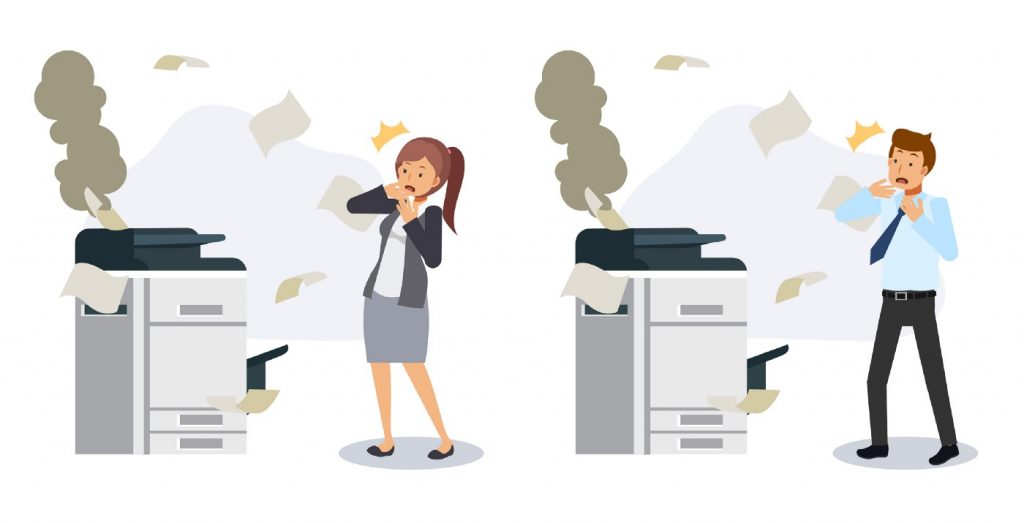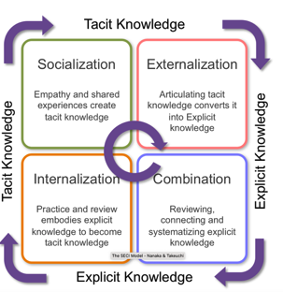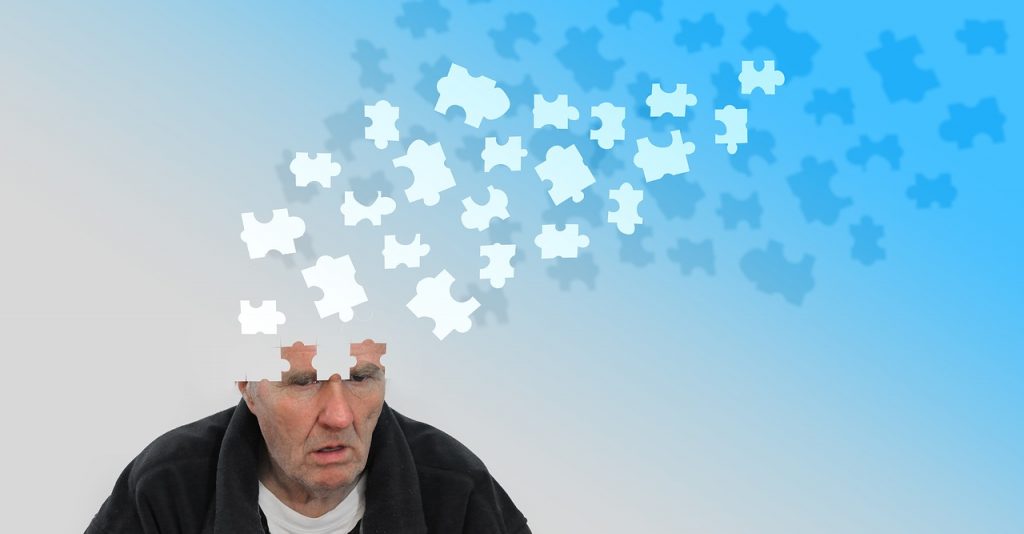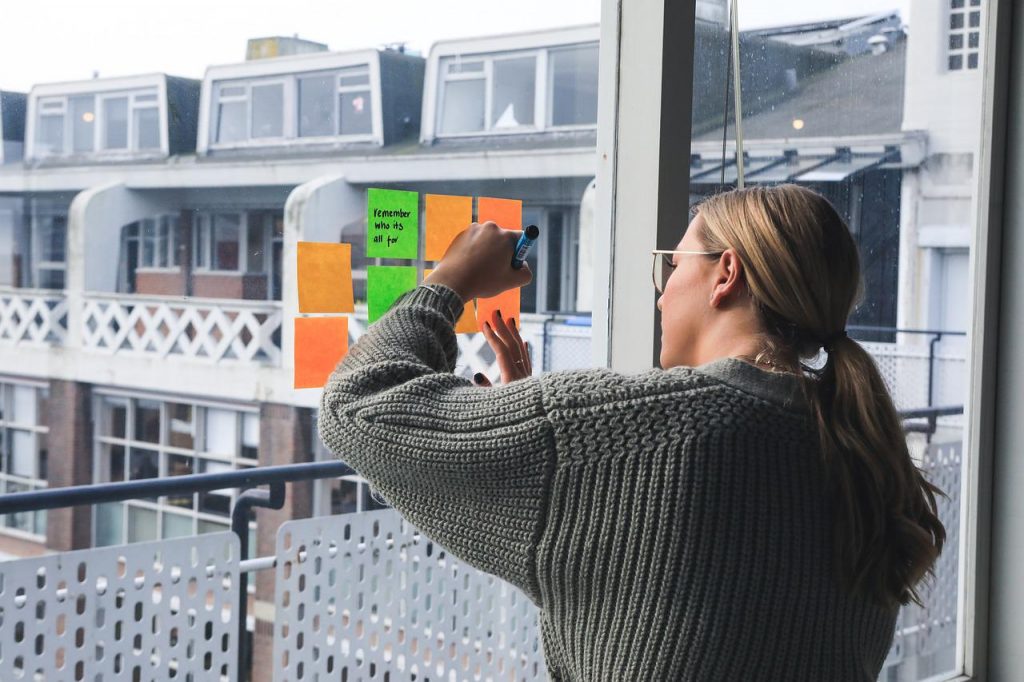
GUEST POST from Janet Sernack
In our recent blog, we explored how our focus and attention have been stolen, and how our ability to pay attention is collapsing and described why we need to be intentional in reclaiming it. Yet, many of us are constantly challenged by very short attention spans, where we can often be found sitting at our desks, dealing with a range of very urgent deadlines with a distracted, and unfocussed mind. Despite being intrinsically motivated to meet our deadlines, and being self-aware of needing to focus on completing the tasks in front of us, many of us often still struggle to disrupt and stop our thoughts from wandering randomly and haphazardly. Because, we are no longer being in charge of our minds, our time, or of our cognitive capacities and abilities that help us self-regulate, concentrate and focus our attention, kickstart change, innovate and become resilient.
A recent article in Psychology Today “The War For Your Attention” reinforces this problem by stating:
“We live in a time when attention has become our most valuable asset, one for which multiple stakeholders are competing. Political parties, media outlets, companies, and individuals want a share of it, and if they can have it, they want it all. As a result, remaining in charge of our minds has become a daily challenge. Our attention defines our experience, which sets the mindset of our minds”.
Become Resilient
Because we don’t know if companies will ever return to their pre-pandemic-like worlds, and what new technologies will emerge, we need to become resilient to be future-fit, in this new world of unknowns.
This requires people to unlearn some of their less resourceful “bad pre and post-pandemic habits” and be:
- Open towards relearning and reskilling in how to focus, concentrate and observe, and how to manage, direct and expand our attention spans.
- Intentional, outcome-focused, and therefore, effective, agile, adaptive, and resilient in an uncertain world full of disruption and crises.
This is reinforced by a recent article “Seizing the momentum to build resilience for a future of sustainable inclusive growth” by McKinsey & Co:
“In the past year, leaders have been confronted with a lifetime’s worth of disruption and crises: global conflict, energy uncertainty, food shortages, accelerating inflation, and severe climate events. Natural and human-made disruptions will only persist. To enable long-term, sustainable, and inclusive growth, today’s business leaders and policymakers must strengthen resilience beyond a survival capacity.”
- From surviving to thriving
The nature and speed of change are not going to slow down, at the same time, our uncertain world full of disruption and crises is having a harsh psychological toll on everyone, impacting negatively on people’s states of emotional and physical health.
If we want people to thrive, we have to start helping people to live better than we ever have.
Taking the first baby steps requires people to confidently and courageously be, think and act differently.
Starting with empowering and enabling people to take charge of their hearts and minds, and commit to focusing their attention on building their resilience.
The Switch-Cost Effect
In his best-selling book Johann Hari – Stolen Focus, describes how Professor Earl Miller, a specialist in neuroscience, at the Massachusetts Institute of Technology, states that “our brains can only produce one or two thoughts” in our conscious minds at once.
Because “we are very, very single-minded” and have “very limited cognitive capacity.”
- Multi-tasking is an illusion
The delusion that we can multitask, or juggle a number of thoughts and activities at the same time, is revealed, through robust research, as actually “switching, back and forth.”
He states that we don’t notice the switching because:
“Our brain sort of papers it over to give a seamless experience of consciousness, but what they’re actually doing is switching and reconfiguring their brain moment-to-moment, task-to-task – which comes with a cost.”
- Losing time to refocus
This is described as the “switch-cost effect” and means that every time we switch tasks while trying to work, we are actually losing a huge amount of time required to concentrate and manage our attention spans to refocus afterward.
“For example, one study at Carnegie Mellon University’s human-computer interaction lab took 136 students and got them to sit a test. Some of them had to have their phones switched off, and others had their phones on and received intermittent text messages. The students who received messages performed, on average, 20% worse. It seems to me that almost all of us are currently losing that 20% of our brainpower, almost all the time. Miller told me that as a result we now live in “a perfect storm of cognitive degradation”.
Reducing Cognitive Degradation
There are a number of simple and obvious ways to reduce our cognitive degradation and heal our unconscious “attention deficit syndromes”, and cognitively reappraise to be in charge of our minds, concentrate and effectively manage our attention spans.
It is also the first step we need to take to empower and enable ourselves and others, in taking charge of our hearts and minds and demonstrating our commitment to focusing our attention and becoming initially resilient.
These simple actions require us to be self-disciplined, methodical, and rigorous and open to re-learning how to concentrate and self-regulated our attention spans by habitually:
- Stripping out distractions,
- Ceasing to multi-task,
- Getting more quality sleep,
- Taking regular short breaks,
- Doing brain exercises,
- Doing physical exercises,
- Listening to music,
- Setting priorities,
- Using a timer.
How to be in charge of our own minds
- Intention transforms
If we want to cultivate a calmer, coherent, and resourceful psychological state, to achieve the outcomes we want to have in our lives, then focus and place our attention on both what we want to manifest (our intention), and on what we want your attention to move away from, to cease.
- Attention activates
When choosing to consciously slow down, hit our pause buttons, and retreat into stillness and silence, opens the sacred space, that allows us to reflect, focus and pay deeper attention to the impact of our emotions and beliefs on our thoughts.
We can then also attend to, and break down any unresourceful beliefs, emotions, and cognitive distortions about what we can really and truly influence and control to:
- Create a more normalised state of equilibrium and calm, get grounded and fully present and manage our attention spans to concentrate on what really matters to us, in ways that are self-compassionate and optimistic about the future.
- Support ourselves by believing that we can succeed in handling our situations, responsibly, creatively, and effectively.
- Become resilient by knowing how to respond to events in real-time, anticipate events and problems that may occur in the future, and bounce from adversity whilst processing the insights and learnings gained by conquering key challenges.
Developing Resilience
We can then be in charge of our minds, become resilient, and create a safe space and generosity for others to fully show up and connect with us. We can open our eyes, minds, and hearts to all options, unleash possibilities and opportunities, make smart change choices, and innovate, rather than panicking and retreating from the risks emerging in an uncertain world full of disruption and crises.
Find out about our collective, learning products and tools, including The Coach for Innovators, Leaders, and Teams Certified Program, presented by Janet Sernack, is a collaborative, intimate, and deeply personalized innovation coaching and learning program, supported by a global group of peers over 9-weeks, starting Friday, May 12, 2023.
Image Credit: Pixabay, Pexels
![]() Sign up here to join 17,000+ leaders getting Human-Centered Change & Innovation Weekly delivered to their inbox every week.
Sign up here to join 17,000+ leaders getting Human-Centered Change & Innovation Weekly delivered to their inbox every week.





 An important theme which Japanese researchers Ikujiro Nonaka and Hirotaka Takeuchi were aware of and formalised in their seminal book about
An important theme which Japanese researchers Ikujiro Nonaka and Hirotaka Takeuchi were aware of and formalised in their seminal book about 



